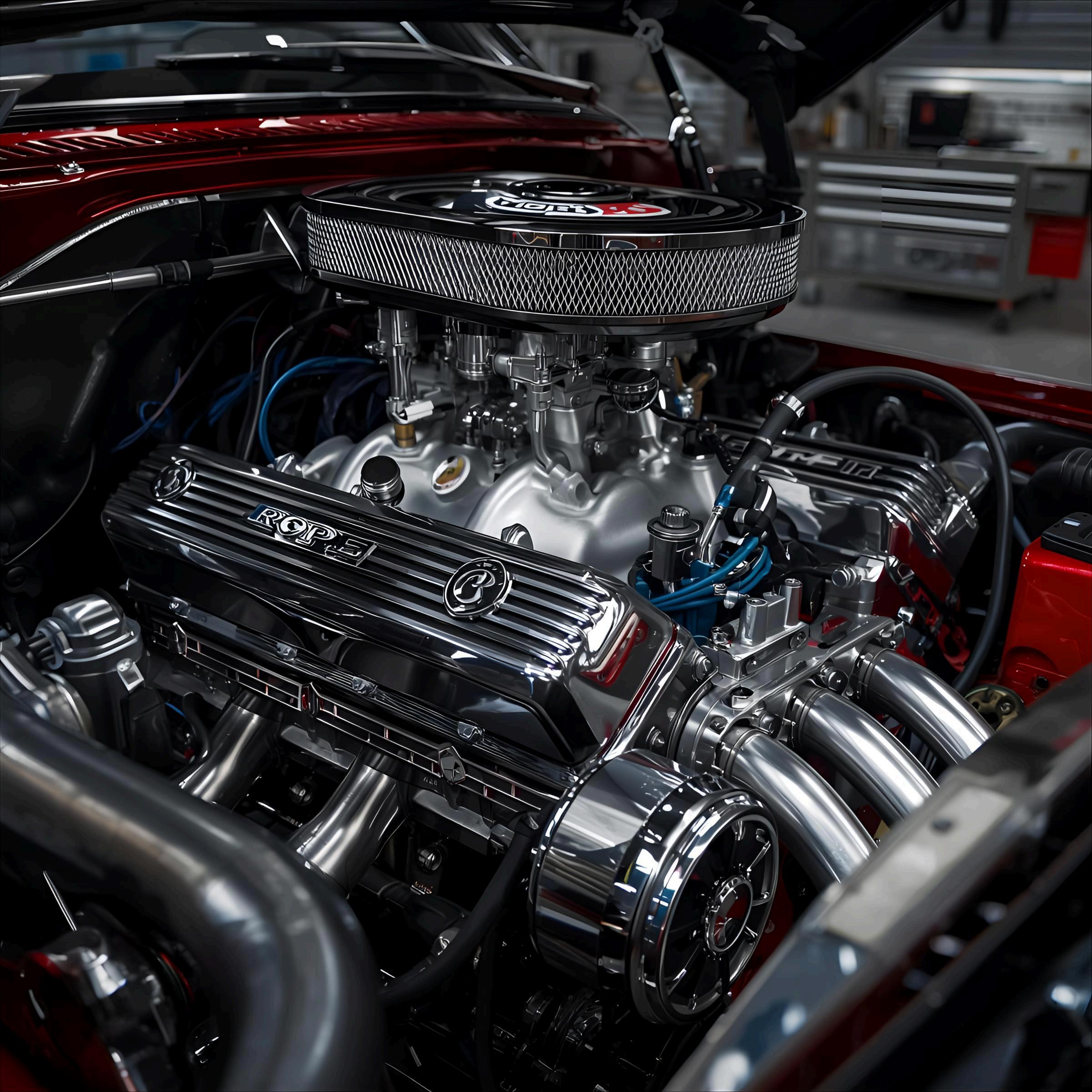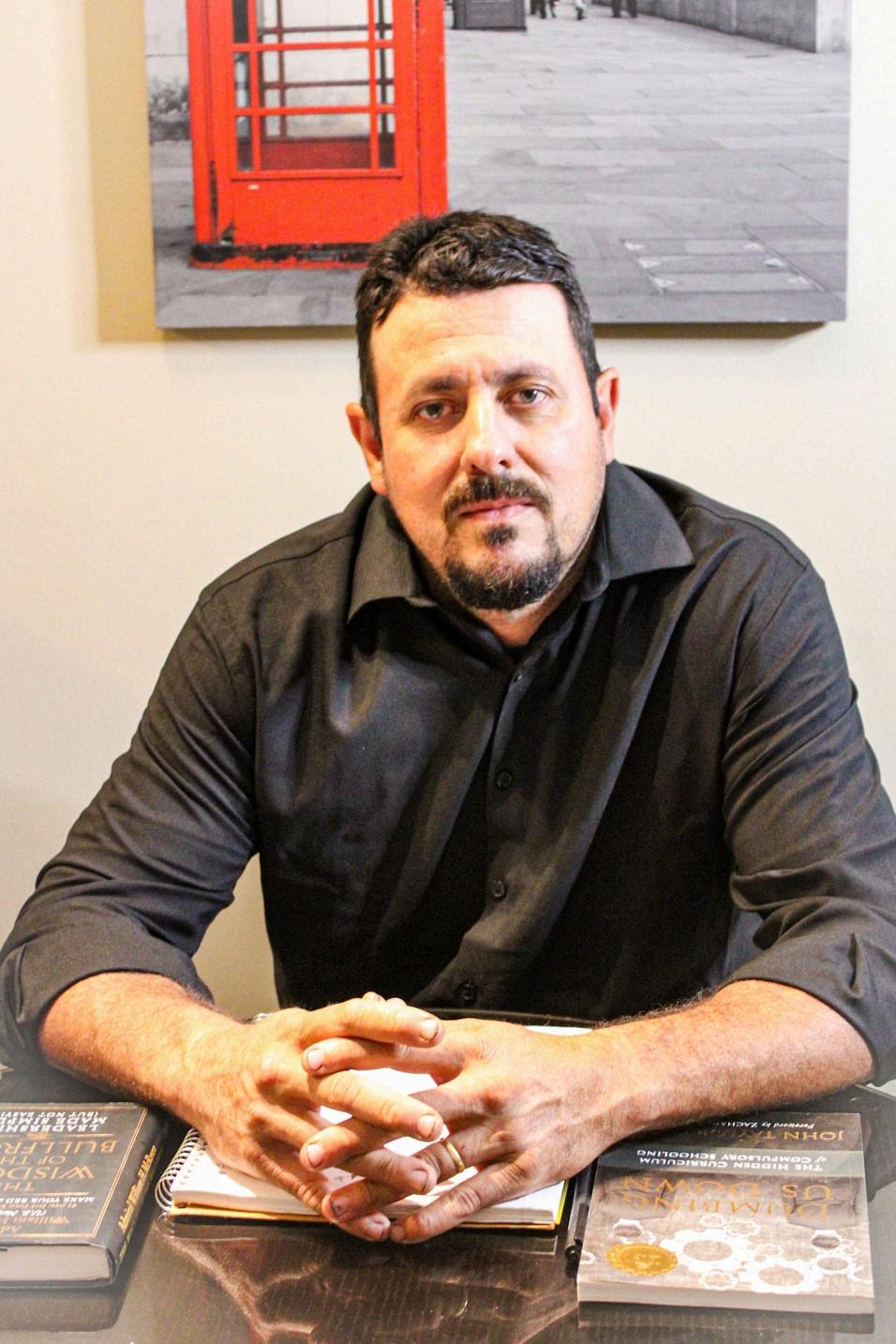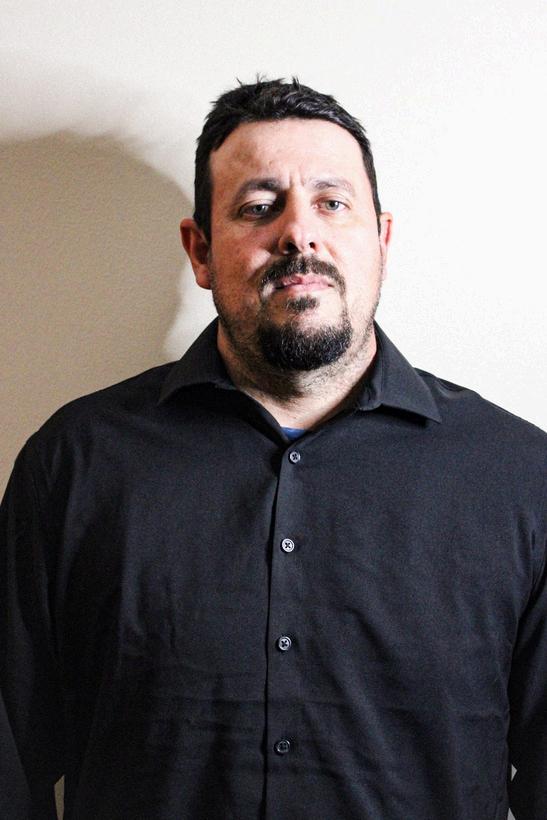

AUTOMOTIVESERVICE TECHNICIANS
Revitalizing America’s Economic Engine: The Strategic Significance of Automotive Service Technicians in Contemporary U.S. Infrastructure.
AUTOMOTIVE SERVICE TECHNICIANS
Revitalizing America’s Economic Engine: The Strategic Significance of Automotive Service Technicians in Contemporary U.S. Infrastructure.

Expert in hybrid propulsion systems, brake and fuel systems calibration, fleet logistics, and technician development
The United States economy is fundamentally dependent on uninterruptedmobility
From freight logistics to municipal transportation and emergency response, vehicular infrastructure sustains nearly every sector of American productivity While policymakers and industry leaders invest heavily in roads, rail, and energy-efficient vehicles, the reliability of this infrastructure ultimately rests in the hands of one workforce: automotive service technicians.
Classified under the US Bureau of LaborStatistics(BLS)SOCCode493023, automotive technicians number more than 733,000 nationallyandremainindispensable
to daily operations across public and privatesectors.Yet,thelaborsupply is under pressure With nearly 67,800 job openings projected annually through 2033, and a workforce that must now adapt to complex digital and hybrid technologies, a clear policy and talentgaphasemerged(BLS,2024).
Against this backdrop, professionals such as Leandro Guolo represent an increasingly vital form of economic infrastructure Withoveradecadeof advanced diagnostics training, multi-fleet management experience, and deep technical fluency across propulsion systems, Mr.Guoloexemplifiesthehigh-value professional the modern U.S. economy requires to function efficientlyandevolvecompetitively
Bythenumbers
According to the Bureau of Economic Analysis (BEA), transportation-related activities contributed $13 trillion to US GDP in 2022 Vehicle downtime, by contrast, costs businesses as much as $760 per day per unit, due to delayed deliveries, service interruptions, and idle labor (BEA,2023;CensusBureau, 2023)
LeandroGuolo
IndustryTransformation:FromMechanical IntuitiontoData-DrivenSystems
The evolution of the automotive service industry is no longer incremental it is transformative. Traditional skillsets centered on mechanical intuition and manual troubleshooting have given way to a new paradigm dominated by electronic diagnostics, software-enabled calibration, and advanced propulsion systems Today’s technicianmustnotonlyinterpretdiagnostic codes, but manage data streams, interface with telematics systems, and support energy-efficientfleettransitions
According to the Bureau of Economic Analysis (BEA), transportation-related activitiescontributed$13trilliontoUS GDP in2022 Vehicledowntime,bycontrast,costs businessesasmuchas$760perdayperunit, due to delayed deliveries, service interruptions, and idle labor (BEA, 2023; Census Bureau, 2023) The economic dependency on fleet readiness is profound and technicians are the linchpin of that reliability.
Leandro Guolo’s expertise is emblematic of this shift. His training with Bosch Common Rail systems, hybrid vehicle diagnostics, and electronic fuel injection technologies places him at the intersection of engineering, logistics, and public service delivery His role managing municipal bus fleets in Brazil, servicing thousands of riders monthly, underscores his capacity to lead highimpact,safety-criticaloperations

LaborMarketRealities:ANational WorkforceGap
The United States faces a structural labor shortage in skilled trades, and automotive service technicians are no exception The National Institute for Automotive Service Excellence (ASE) has reported declining enrollment in vocational programs and a deficit of credentialed professionals able to service modern fleets As the federal government accelerates infrastructure spending and EV adoption through the Bipartisan Infrastructure Law (2021) and the Inflation Reduction Act (2022), technician demand is set to outpace supply at an unsustainablerate
This shortage is not only a labor issue it is a national productivity constraint Without fully staffed, technically capable maintenance teams, municipalities risk transit delays, logistics firms face higher costs, and energy-efficiency targets remain out of reach. Workforce development policies that fail to include automotive service capacity risk derailing broader infrastructureobjectives.
Leandro Guolo’s background reveals a scalable solution He has consistently improved operational efficiency while cultivating institutional knowledge, training junior staff, documenting maintenance protocols, and implementing predictive diagnostic routines His leadership style reflects a replicable model of professional excellence that can directly support US laborforceresilienceandtechnicalreadiness
LeandroGuolo’sleadershipstyle reflectsareplicablemodelof professionalexcellencethatcan directlysupportU.S.laborforce resilienceandtechnicalreadiness.
CaseStudy LEANDRO GUOLO
Technologist in Transit Vehicular Maintenance & Operations Specialist
With over 15 years of direct, cross-functional experience in vehicular systems management, Mr Guolo has emerged as a subject-matter expert in hybrid propulsion systems,brakeandfuelsystems calibration, fleet logistics, and techniciandevelopment
His portfolio includes full-fleet service management for public transportation systems in Penápolis and Lins, Brazil, integrating mechanical safety inspections with electronic control system upgrades He has consistently demonstrated measurable improvements in uptime, safety compliance, and servicethroughput.
“The biggest challenge today isn’t just repairing vehicles—it’s staying ahead of the curve. With hybrid systems and digital diagnostics, technicians must think like engineers, operate like project managers, and teach like mentors.”

Whatshouldfuturetechniciansprioritize?
“Continuous learning As systems become more interconnected and regulated, technical literacy, cross-training, and certification in emerging technologies will be key differentiators The workforce of the future is multidisciplinary, adaptable,andstrategic”
How is the automotive maintenance industry evolving?
“The industry has transitioned from a primarily mechanical craft to a precision-based, data-driven discipline Modern service professionals interpret diagnostic data, manage compliance frameworks, and execute digitally programmed maintenance routines The change is not just technological it’s cognitive”
Whatleadershipstrategiesarecriticalforthis newenvironment?
“Knowledgetransferiscentral Inmyexperience, mentoringentry-leveltechniciansthroughstructured trainingmodulesimprovesservicequalityacrossthe board Wemustfocusonreplicability codifyingbest practices,enforcingsafetyprotocols,andfosteringa learningculturewithinservicedepartments.”
How do government policies shape workforce development?
“There’s a disconnect Policy often funds EV adoption without proportional investment in technician training Tosustainelectricorhybridfleets,thefederal government must integrate workforce readiness programs, certification incentives, and trade school partnershipsintotransportationlegislation”
What role does technology play in shaping operations?
“Technology allows for predictive maintenance, anomalydetection,andefficiencybenchmarking but it requires interpretation The technician must connect software insights to real-world conditions Our tools are smarter, but our judgment is still the decidingfactorinmission-criticalenvironments.”
ComparativeFramework
LEGACYPRACTICES VS.HYBRID-ERA STANDARDS
Legacy automotive maintenance models relied heavily on physical inspection, manual testing, and mechanical familiarity. In contrast, today’s vehicles integrate engine control units (ECUs), sensor arrays, telematics, and energy management systems making the technician’sroledeeplyanalytical
Data from the National Highway Traffic Safety Administration (NHTSA) indicates that integrating advanced diagnostics reduces mechanical failure risks by up to 42% and significantly improves compliance with federal safety standards.
As new vehicle technologies enter the mainstream, the technician must evolve from a repair specialist into a technical operator with cross-functional awareness.
Leandro Guolo’s fluency in both conventional and digital systems illustrates this dual competency model His adoption of emerging certification programs and proprietary OEM training reinforces the industry imperative: excellence is no longer optional it is infrastructure-critical.
Ourtoolsaresmarter,butour judgmentisstillthedeciding factorinmission-critical environments.
STRATEGICASSETINU.S. WORKFORCEPOLICY
Leandro Guolo’s professional track record provides a concrete example of how targeted technical expertise can measurably improve transportation reliability, operational uptime, and public service continuity within fleet maintenance ecosystems His ability to bridge conventional mechanical practices with emergingdiagnosticandhybrid technologies positions him within a critical tier of human capital one that supports infrastructure continuity, regulatory compliance, and national service delivery benchmarks
Integrating highly skilled automotive service technicians into national workforce strategies is essential for closing labor market gaps, maintaining infrastructureefficiency,and advancing the US economy ’ s capacity to support transportation modernization As the US expands its investment in clean transportation, EV adoption,andsmartlogistics platforms, it must ensure that the workforce responsible for maintaining these innovations is equally prioritized
Strategicinvestmentinthissegmentoftheworkforceis notonlyaneconomicnecessity itisafundamentalpillar ofthecountry’sinfrastructureagenda.
Without this layer of technical proficiency, progress in transportation modernization risks systemic inefficiencies, cost escalations, and reduced service reliability.
Federalpolicymustreflect thisrealitythrough expandedvocational trainingincentives,fasttrackrecognitionof internationalcredentials, androbustpublic-private trainingcollaborations.
Professionals like Leandro Guolo do not simply support the system—they make the system operable, sustainable, and forward-compatible.
References
Bureau of Labor Statistics (2024) Automotive service technicians and mechanics US Department of Labor https://wwwblsgov/ooh/installation-maintenance-andrepair/automotive-service-technicians-and-mechanicshtm
Bureau of Economic Analysis (2023) Transportation satellite accounts https://wwwbeagov/data/special-topics/transportation
U.S. Census Bureau. (2023). Annual business survey: Transportation sector highlights. https://www.census.gov/programs-surveys/abs.html
National Institute for Automotive Service Excellence (2023) Workforce trends report https://wwwasecom
US DepartmentofLabor (2024) Occupationaloutlookhandbook https://wwwblsgov/ooh
National Science Foundation (2023) STEM workforce projections 2020–2030 https://wwwnsfgov/statistics
